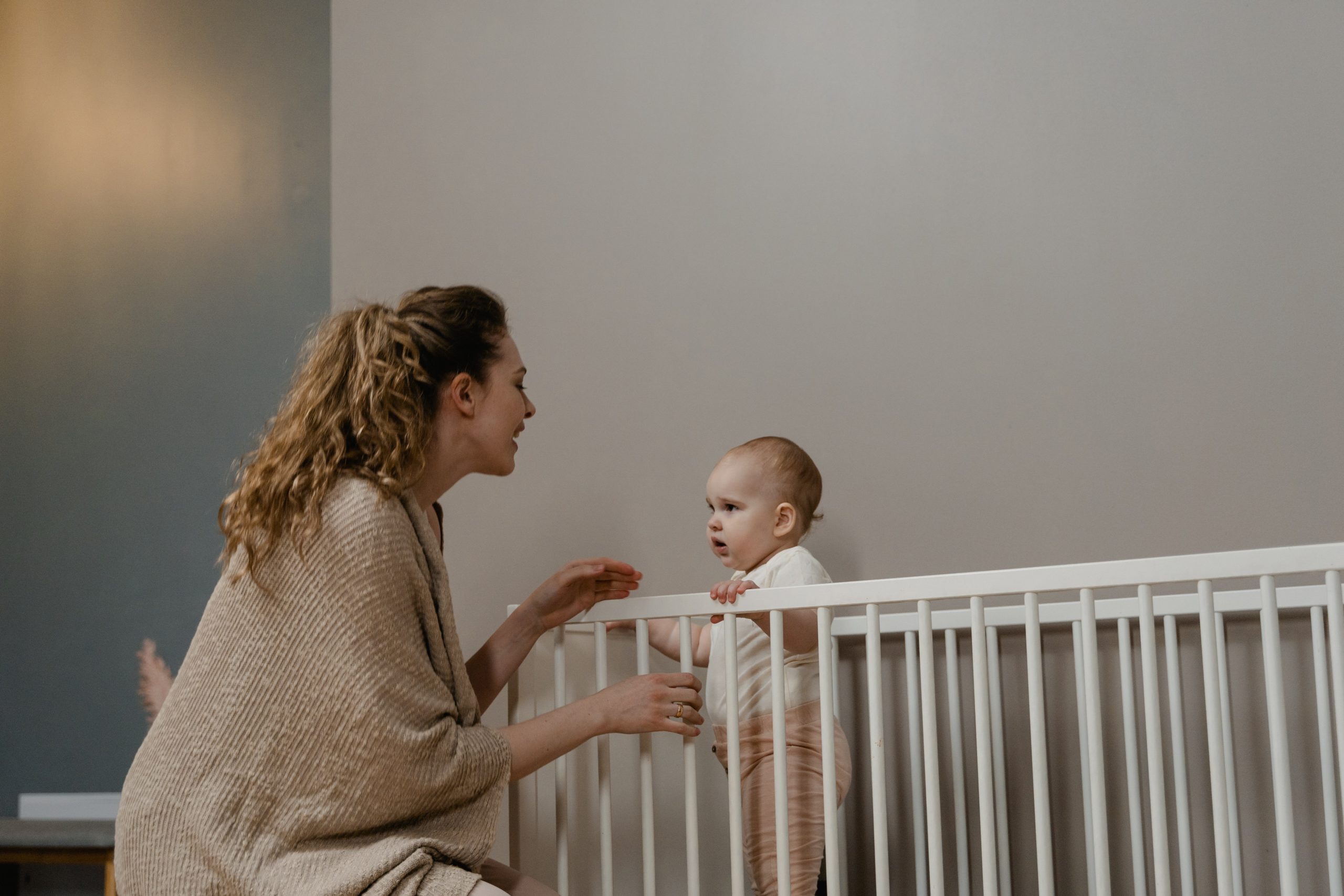How to Handle a Light Sleeper
Is your baby a light sleeper? Does she wake up every time you so much as walk past her door? Does he go from fast asleep to wide awake the second you put him down into his crib?
This is a very common complaint I get from parents. They say that their babies are just so easy to wake, and when they do, they are exceedingly difficult to get back to sleep.
First of all, let me dispel a little myth.
All babies are light sleepers, and all babies are heavy sleepers. The same thing is true of all adults.
We all go from light sleep to deep sleep and back again several times a night. Some babies spend more time in light sleep stages before slipping into deeper sleep, and some go from light sleep to deep sleep in almost no time at all, but everyone goes through these cycles every time they shut their eyes.
The truly restorative sleep, the stuff that does us the most good, is the NREM or “deep” sleep that we get in the middle of the cycles. That is why some people can get by on less sleep than others, because they get more NREM sleep than those of us who spend more time in light sleep stages.
When someone claims that their baby is a light sleeper, what they probably mean is that their baby tends to spend more time in light sleep than deep sleep, because that is the easiest stage to wake up from. This is when we dream and are more aware of our surroundings, so external noises tend to wake us up easier.
Babies also have shorter cycles than adults, and therefore spend nearly twice as much time in light stages of sleep than adults. So if you are finding that your baby is prone to waking up a lot, it is partly a matter of inconvenient timing.
What can you do about it? How can you teach a baby to spend more time in deep sleep?
Honestly, you cannot control or change your baby’s sleep cycle. But what you can do is teach them to fall back to sleep on their own when they do wake up. It is a wonderful gift to give them, and it will benefit your entire family for years to come.
There are a lot of elements to teaching a baby to fall asleep independently, but the single most important one is the elimination of sleep props. By props, I mean anything that baby uses to help them fall asleep that they cannot provide for themselves on their own.
Pacifiers, rocking motions, and feeding are all good examples of sleep props. If baby needs a car ride to fall asleep, then they are going to need another car ride when they wake up again at the end of a sleep cycle. If they get rocked to sleep, they learn to rely on that motion as part of the falling asleep process, so once they wake up at night, they are going to stay awake until you come in and rock them get back to sleep.
This is often accompanied by a bunch of crying and fussing in order to get your attention, which wakes them up even further and requires more soothing to get them settled.
However, the babies people refer to as “good sleepers” have the same sleep cycles as the ones who wake up crying. They have just gotten the hang of falling asleep on their own, so when they wake up, they squirm around a little, maybe babble to themselves for a bit, and then go happily back to sleep.
And of course, a good white noise machine never hurts! My favorites are the Hatch sound machine because they can also be a night light, an OK to wake clock, and have a variety of sounds and volume levels. Sound machines should be as loud as a running shower, set up 6 feet from your sleeping child. Use white or pink noises and stay away from music, bird sounds or distracting forest type noises.
The last thing you can do- just be quiet when baby sleeps. I take that as a nap for mom too!
So, although you cannot stop your little one from waking up at night, you can absolutely teach them how to get back to sleep independently, and once you do, you and baby can both look forward to full nights of deep, rejuvenating, uninterrupted sleep.







